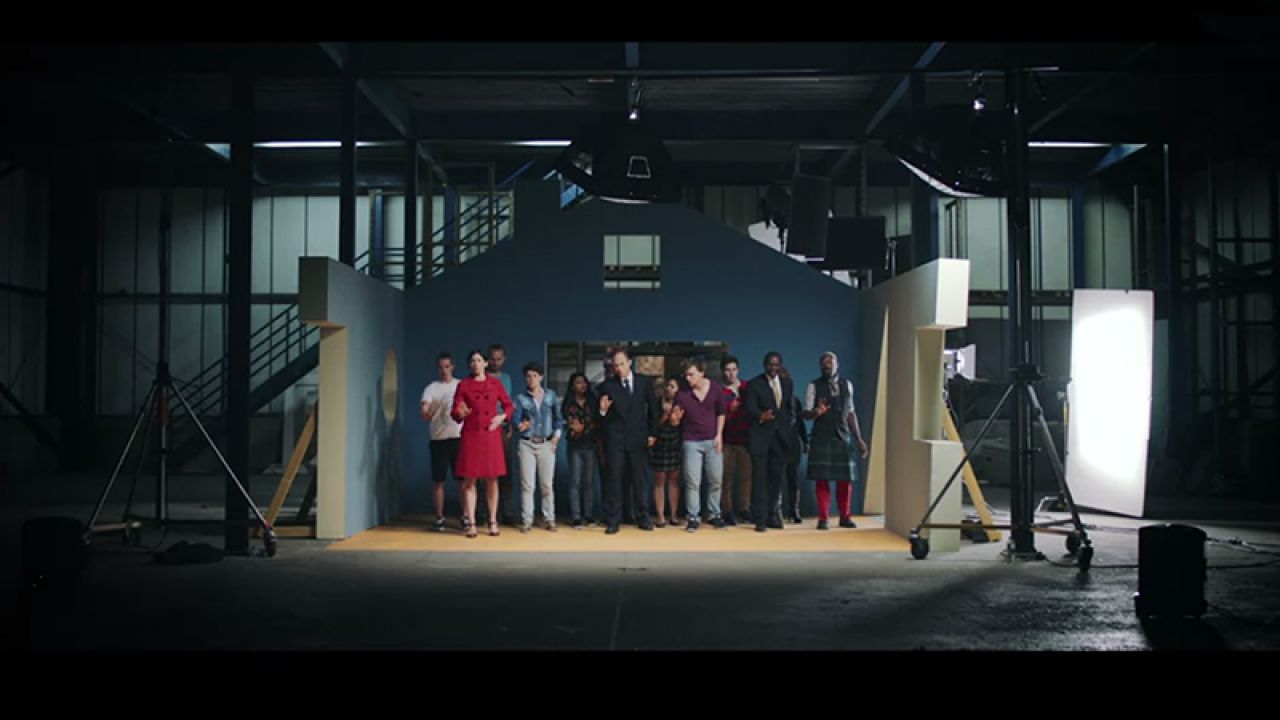As my eyes scan my open tabs from blog to vlog to feed to video sharing platform, I think it is easy to forget about newspapers as the forefathers of widely available content.
Since the first British daily newspaper launch in 1702, The Daily Courant and its subsequent competitors have not looked back. These giants of modern culture, these influencers of politics and fashion, have moved with the times, both literally and metaphorically, in an impressive way.
Today most of the big papers are prolific video producers as part of the editorial offering on their own sites. They also commission large television advertising campaigns (for example, The Guardian’s ‘Three Little Pigs’). But the subject of this blog is about an intriguing third layer of extra video content that is springing up from these publishers: films that are neither pure editorial nor pure advertising.
One example of this type of content is the series of ‘microplays’ from the Guardian and the Royal Court theatre. A project created, according to the Guardian's website, to 'unite Guardian writers with theatre's most important playwrights and directors'. They are beautifully written, performed and directed 5 to 10 minute stories set in one room only.
Another example is The Times who, in a more pragmatic approach, have created the 'Unquiet Series' to highlight the strengths of their publication from war reporting, to design, to photojournalism. They are lovingly shot and well-crafted short docs featuring the great and good of the newspaper – including Caitlin Moran and the typeface itself.
Both series are brilliant. But there remains a fundamental question: what is this third layer of content actually meant to achieve? Who is it for?
Our conclusion is that these projects are about building brand loyalty with their existing customers. Because really only readers of either The Times or The Guardian are likely to be attracted to or even simply come across this content. Massive stereotypes notwithstanding, but who else but a Guardian reader would be snooping around the Royal Court website? And The Times has placed the Unquiet Series on its own microsite, which is most likely to be reached from The Times website, therefore attracting only those who read it already. (Of course, they also bought a slot in Homeland to place a 3-minute cut-down of the Syrian kidnap film, but we suspect this was opportunistic rather than the original strategy).
And why not? Ultimately film is an emotional medium, which makes it a powerful tool for building brand loyalty and creating deeper, stronger relationships with those who see it. The Guardian and Royal Court ‘microplays’ are intrinsically more powerful than the written word in conveying their understanding of and passion for Britain today: the life-and-death importance of fashion, the power and enduring mark of music, to the prejudices that run through our society and between different groups. Just as hearing Caitlin Moran’s passion for words makes me love her even more than I do now. And that’s saying something.
So good on them. Bring on the third layer.
Kath Hipwell, Head of Content Strategy and Jim de Zoete, Creative Director.

